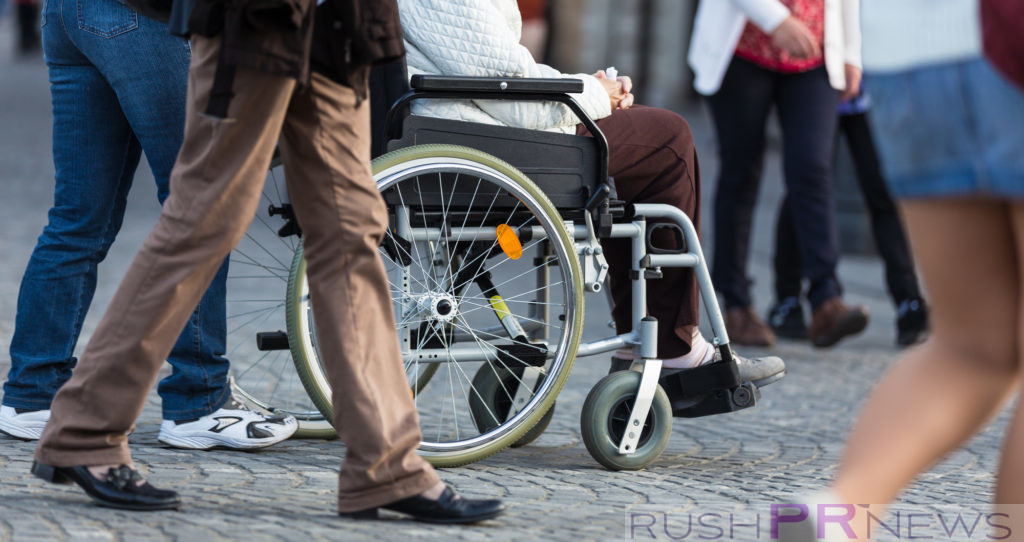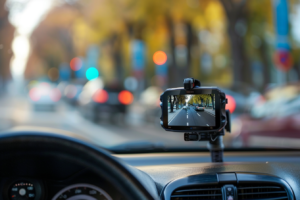Close your eyes and imagine how much of your life would change if you had a disability. How would you cook your meals every day if you broke an arm–or lost one of them entirely? What would you do to get around if you found yourself in a wheelchair for the rest of your life?
These are scary things for able-bodied people to think about. But, for individuals who live with disabilities, it’s the norm to look at the world through creative eyes and find unique ways to perform everyday tasks.
Still, city planners and local governments owe it to disabled people to make being an active citizen easier. It’s time for officials to start putting a higher focus on creating better accessibility for disabled people.
Here are 7 things cities can do to become a more welcoming, accessible space for all who live in and visit the area.
1. Build Curb Ramps
It’s no secret that cities are areas of high foot traffic. But, some people don’t realize that those who live in wheelchairs or use electric seats like to be outside just as much as anyone else. They’d rather get around town by sidewalk than by car or bus, but they need curb ramps in order to do so.
It’s worth taking the time to read more about ramps. This is a fairly simple initiative for a city to take on, but it does wonders for its disabled citizens.
2. Put Ramps on Public Transportation
Although curb ramps are a great start, they’re not enough. Ramps play a big role in how disabled citizens get around, especially when using public transportation.
Think about it: every time you get onto a bus or enter a metro/subway, you have to step over some sort of gap. This can’t be done in a wheelchair. Not to mention, those who are on crutches or have a prosthetic limb have to be careful using such methods of transportation, too.
It’s time to give such citizens a better option. Install automatic ramps on all forms of public transportation and watch how the usage of such resources goes up.
3. Make Assisted-Use Toilets More Available
Going to the bathroom is a basic human need. As such, one can argue that making assisted-use toilets available is a human right.
Disabled people shouldn’t limit their release of bodily fluids based on whether or not a bathroom can accommodate them. They should be able to access a toilet with as much ease as anyone else, which means city planners and building owners need to make this opportunity available.
4. Create Simple Adjustments to Everyday Items
Another way to make cities more accessible to the disabled is to challenge how we think about everyday items.
Picture the counter at the coffee shop that you frequent before work. Consider how high the handle is for your office building’s front door. Time how long it takes you to get out of a crowded elevator.
It’s hard for a person in a wheelchair to look over a high counter. It’s not easy for them to open doors that are high up or to stroll in quickly, either. Even something as mundane as getting into and out of an elevator may take a disabled person a little more time than most, which means extending how long the doors stay open can be a big help to them.
5. Consider Specific Hearing and Visual Needs
Keep in mind that some disabilities can’t be seen. It’s not enough to make a city more accessible for those who are missing a limb or unable to use all their limbs. You also have to include the hearing-impaired and the blind in your accessibility planning.
Such accommodations are a little more complex. You have to think about locations and background noise and become highly sensitive to the specific needs of individuals with such disabilities.
It’s best to have a professional weigh in on these matters. In fact, you should have someone who’s worked on large-scale accessibility projects look over all the changes you’re planning to make.
6. Design for Autism Needs
Just as you have to think about those with hearing and visual impairments, you should also think about people who have autism. This may seem like a very specific disability to focus on, considering how many disabilities a person may have, but social norms as they currently are don’t do much to include those who are on the spectrum.
People with autism are extremely sensitive to changes in their environment that have to do with light and/or sound. Most typically have a detailed routine they stick to each day, and when that routine is messed up, it can be hard for them to adjust.
It’s not like you need to make sure nothing ever goes wrong for the autistic people in your community. But, you should do your best to express that the city is working on lending a hand.
7. Encourage Social Inclusion
Speaking of lending a hand to those who need it, consider starting a social inclusion program, too. Many cities around the world have done this for all kinds of different disabled communities. They’re making a conscious effort to tell people who are disabled that they have a voice and a line of support.
Such programs may target one kind of disability–like dementia/Alzheimers, hearing impairments, or autism–or they may tackle multiple issues at a time.
Fighting for Higher City Accessibility for Disabled People
What if you’re not a city official, but you’d like to contribute to the amount of city accessibility for disabled people in your community?
It can seem difficult for the average citizen to find their voice within their local government. But, it’s actually easier than you think! The first thing you can do is meet with elected councilmen/women from your district and see if you can get a meeting with city planners, too.
Then, come to them with your proposed ideas of how to make the community better for all. If you’re interested in learning more about politics before you jump into discussions with your local government, click here.




